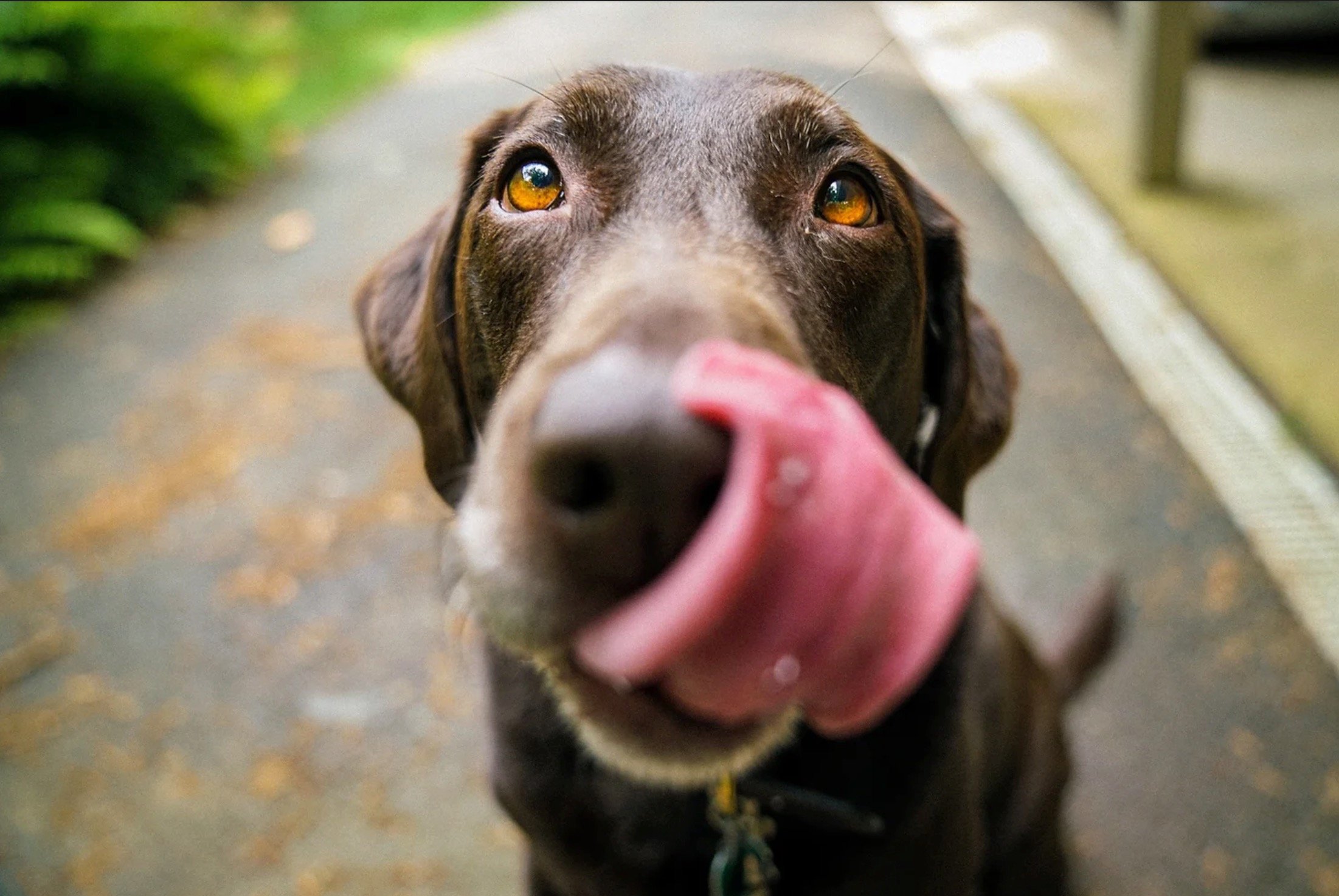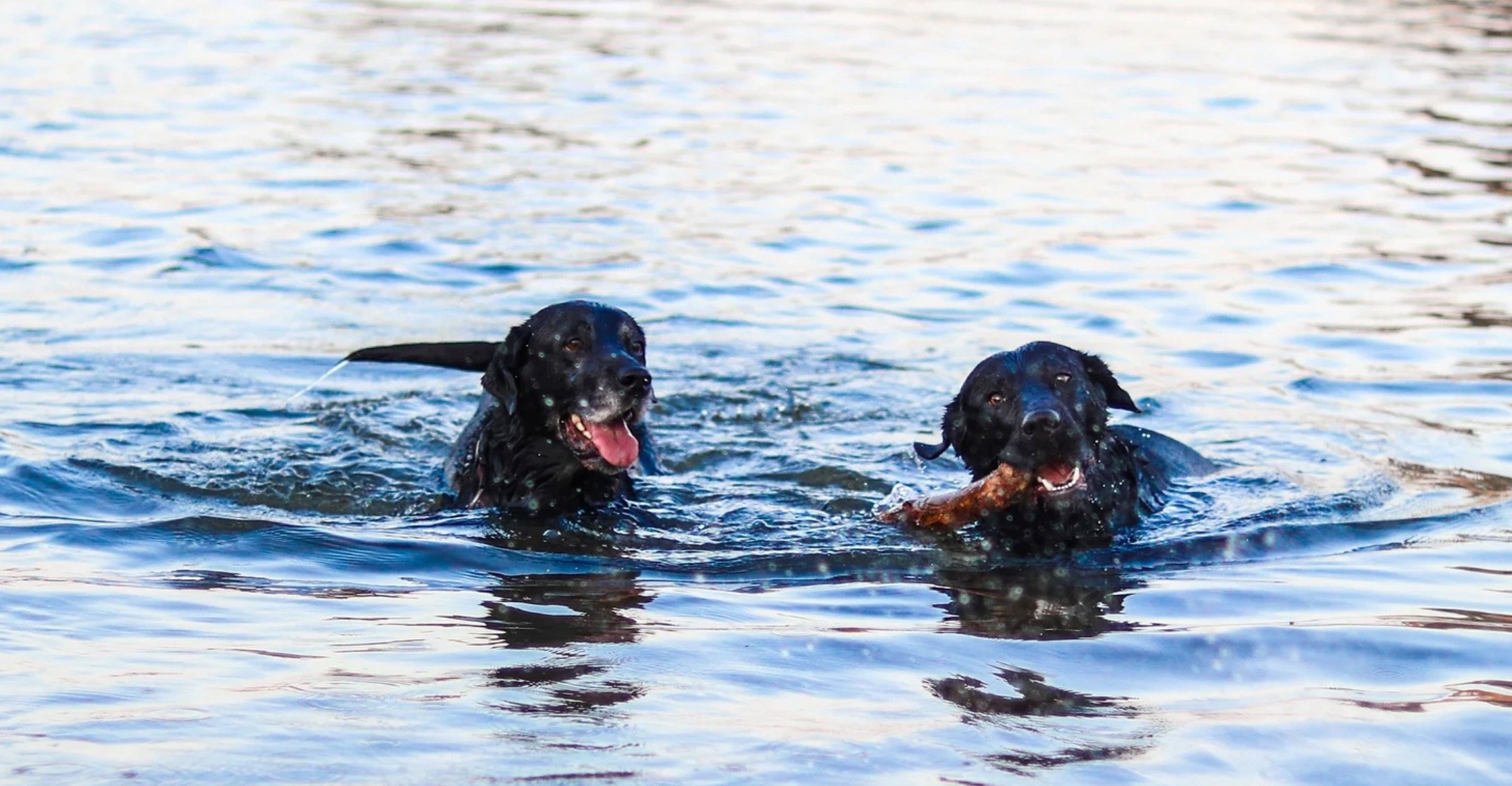How to Landscape for Dogs
Landscaping Ideas
You want to keep your lawn looking great, but you also want to protect it from damage caused by dogs. You can do both! We all love our dogs and want to give them the best landscaping possible. But if you have a dog that likes to dig or play in the dirt, you may wonder how to landscape for dogs. Here are five essential tips on the landscape for dogs in outdoor spaces.
1) Keep Your Grass Short
If you have a dog digging holes in your yard, you must keep your grass short. This way, he won't have room to explore and continue to come into the house with muddy paws.
2) Avoid Paving Stones
Avoid using paving stones if you don't want your dog digging up your driveway. These smooth stones help people walk around their yards without getting dirty, but they are not to be walked over by dogs. Instead, use gravel or pea gravel to create a path through your yard.
3) Add Bark Collars
A bark collar is an effective tool for keeping your dog out of trouble. It works by emitting a high-pitched noise when your dog barks. For example, if you have a dog who loves to dig, this collar will make the dog think twice before leaving a mark in your yard.
4) Use Fencing
Fences can protect your dog from areas where he shouldn't be, such as your favorite flowers or vegetables. They can also prevent your dog from jumping onto your deck or climbing stairs.
5) Make Sure He Has Access To Water
Dogs like water because it helps cool off during hot days. However, dogs should never drink directly from lakes, ponds, streams, or other bodies of water. The water could contain harmful bacteria that can cause serious health problems. Instead, provide your dog with a bowl filled with fresh water.
What is a "DogFriendly Backyard?"
A dog-friendly yard is a space where your dog can play, run, smell, chase, and be a dog. A dog-friendly backyard doesn't mean you have to hover over your dog, wondering if he'll eat the flowers or destroy your lawn with urine spots. You can also install pet turf, which comes from recycled rubber tires.
Dog owners often face issues when it comes to taking care of their pets. Here are some of the most common ones.
Safety First
Safety should always be a concern when you're thinking about landscaping. Always consider what will happen if something happens to your dog. If you're unsure whether an idea is safe for your dog, think twice before going ahead. You could end up with a lawn full of holes, or worse, a dead dog.
Watch Out for Toxins
There are potentially poisonous plants in your backyard. Unfortunately, some of them are in our yards and gardens. Watch out for these 12 plants that could harm your furry friends. It seems that keeping our yard free from weeds is a significant priority. But remember, not only do some harmful chemicals cause brown spots on leaves, but they can also threaten your dog's health. In most cases, if a pet occupies space in the backyard, it's best not to use any lawn chemicals. One of the signs your dog is eating something unsafe will show up in a loss of appetite.
Provide a Water Source
If your pet spends a lot of time outside, be sure they have easy access to water. A large water bowl filled with fresh water will suffice, but a small splashing fountain or minor water feature might be even more fun for them. Keep the water clean and fresh, and regularly check to ensure there is enough for your pet.
Labs swimming and playing in the water
Plenty of shade
Dogs like to lay in shady spots out of the sun. However, if you notice your dog digging holes and lying down in them, she may look for more excellent places to rest. You can help her stay comfortable by providing more shade. Shade can be provided by planting shrubs, bushes, or trees around your yard. Some plants will also provide shade even when not in full bloom. Try planting a few plants in your yard to see what works best for your dog. Try planting a tree or installing an apron, pergola, gazebo, or other covering.
Use Safe Mulch
There are many types of mulch available. Some are made of wood chips, while others are bark or other organic materials. Most mulches are safe for pets. According to the American Veterinary Medical Association, there have been cases of dogs eating mulch and getting sick, but the risk is low.
This guide helps you choose the mulch for your backyard projects. But first, you'll need to consider what kind of plants you're growing, whether you want to add nutrients to the soil, and what environment you want your garden to thrive in.
Choose Sensible Plants
When selecting plant species for your landscape, you should consider the environment. For example, if you're planting a garden in an area with a lot of sunlight, choose plants that like full sun. You'll need to water them regularly, so make sure they won't dry out quickly. Also, avoid planting those plants near sidewalks or driveways because they might get stepped on.
Bear, the black lab
Dog-Friendly Backyard Ideas On a Budget
Install a DogFriendly Fence
Dogs like to run around and play. Fences help keep them safe and give you peace of mind. A sturdy, high wall can provide a barrier against unwanted visitors and protect your property. Make sure the fence is tall enough to prevent an animal from escaping. You may also consider installing a gate that allows dogs to come and go as they please.
If you have a large yard, consider Fencing in an area to create a safe place for your dog to play. You'll need to keep them away from the house and other areas where children play. A fenced area gives your dog their personal space while allowing you to enjoy the rest of your yard. Fencing also keeps your dog out of trouble when they're not inside.
You can still provide your dog with a haven if you don't have enough space for a large yard. You can install an electric fence around your property to keep your dog inside the boundary. If you're looking for a quick and easy solution, you can opt for a wireless fence system. These fences are usually low-cost and easy to install.
Choose a DogFriendly Ground Cover or Flower Beds
Many options are available if you're looking for ways to help your dog stay healthy. One of them is to install a grass alternative for dogs in your yard. These products mimic the natural environment of your pet. They also come in different colors and sizes, making it easy to choose what will best fit your needs. Some even provide additional benefits like odor reduction and pest repellency.
For green grass, choose between Clover is safe for dogs to chew on, tougher than grass, and unlikely to stain your clothes. It costs about $4 per 4,000 sq ft, so it's less likely to stretch your budget. Synthetic turf: Turf is a low-maintenance alternative that won't stain. It also reduces your dog's need for other outdoor chores, like mowing, while preventing him from digging. You'll pay between $5.50 to $19.75 per square foot for synthetic turf.
Maybe you want to plant ornamental grasses instead. Most varieties are drought-tolerant, meaning they require little care. However, some do require regular watering. The most common type is Zoysia, which grows up to 2 feet tall and has dark green leaves. Other popular choices include Bermuda grass, St. Augustine, and Astroturf. But each of these options is dog friendly.
Flower Beds
Flower beds provide a strategic option that keeps dogs in some regions of the yard while giving you a great look. Choose plants that appeal to your dog's sense of smell and taste. For example, rosemary has a strong scent that dogs find appealing. Other flowers include dill, lavender, marigolds, petunias, pansies, and sweet peas. You can also use perennial flower beds to attract wildlife to your yard. Birds love to eat insects and often visit gardens to feed on these pests. You can encourage birds to visit your yard more frequently by providing a food source.
You might even want to consider developing a dog-friendly garden bed. This way, you can let your dog roam freely in one part of your yard without worrying about damaging the surrounding plants.
In Conclusion
Dog-friendly landscaping takes a little time, effort, and investment, but the results are worth it. Your dog will feel safer and happier when enjoying all the benefits of having a backyard. It also provides a distinctive look that will be appealing should you sell the home to another dog lover.





